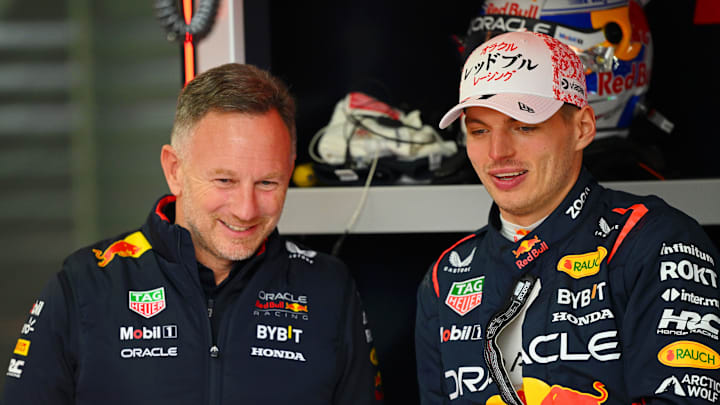Regulations in Formula 1 tend to change slightly from one season to the next. However, it was announced a few years ago that 2026 would feature a major change in regulations, resulting in considerable changes to the cars.
Ahead of these major changes, there are a number of individuals who are not particularly thrilled. Additionally, there is also a significant risk involved.
The new regulations involve a different chassis, aerodynamic patterns involving the wings, sustainable fuels, more horsepower and electrical power, engine composition, and an overall lower cost. These are being introduced into Formula 1 in an effort to keep racing exciting, innovative, and relevant.
The opportunity to bring teams closer and make racing more competitive could make this era of Formula 1 a historic one. Given the fact that these new regulations have led to companies including Honda and Audi having a big part in the sport, clearly the vision is seen by others.
Teams such as Ferrari, which have reportedly been among those trying to sign Adrian Newey ahead of these major changes, will be looking to end Red Bul's domination and win their first world title since 2008, perhaps giving Lewis Hamilton his best opportunity to win an eighth.
What are some of the risks?
A number of big names in Formula 1 have publicly pointed out potential shortcomings these new regulations can have. Both Christian Horner and Max Verstappen have pointed out how the combustion power to electrical power ratio and internal combustion engine strength can have a negative impact on racing.
"“If you go flat-out on the straight at Monza, I don’t know what it is, like 400 or 500 (meters) before the end of the straight, you have to downshift flat-out because that’s faster. I think that’s not the way forward.”"Max Verstappen
Additionally, some simulations involving the 2026 regulations show cars struggling under their lowest drag setup. This has resulted in the rear of the cars being very unstable through turns and a lack of control when accelerating on straights.
Considering the amount of innovation that will be necessary for teams to comply with these regulations, there is a good chance some teams get it right and some do not. With that being said, it may actually make Formula 1 less competitive, which could have a negative effect.
If things do not work well enough to the point where several drivers and key team personnel are against the regulations, it could result in the FIA panicking to come up with a solution. There is potential for an uproar that could get messy, considering the issues that are already evident. As we get closer to the 2026 season, the data teams come up with in their development stages will be something to monitor.
